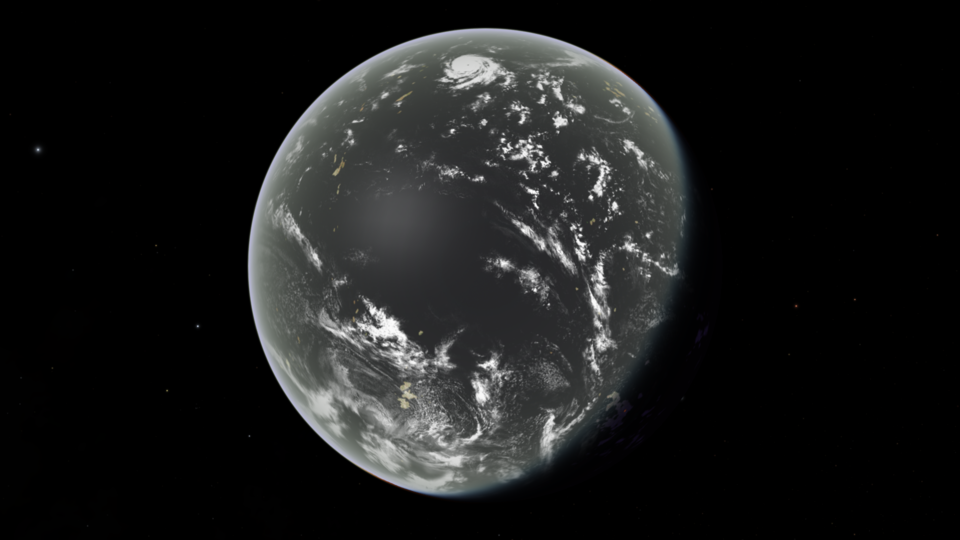Science News
New Earthlike Exoplanet

Thursday morning, NASA announced the confirmation of the first Earth-sized exoplanet orbiting in the habitable zone of a Sun-like star.
About 1,400 light years away in the constellation Cygnus, Kepler 452b is slightly bigger than Earth, about 60% larger. It is not the smallest, or closest to Earth-size exoplanet yet confirmed. However, its relationship to its star sets it apart as potentially the most Earth-like world found to date. The first Earth-size world found in any star’s habitable zone, Kepler 186f, was announced in April 2014. However, despite being closer to Earth in size, it orbits a (small, dim, and red) M dwarf. Kepler 452b, however is orbiting a (mid-sized, yellow, and Sun-like) G2 star at 1.05 AU (1.05 times Earth’s distance from the Sun, in other words) once every 385 days, making both its distance from its star and its orbit duration remarkably close to our own 365-day trip 1.00 AU from the Sun. Thus, 452b likely receives about the same amount of light and energy from its star as we do.
While the mass (and therefore density and composition of the planet) are not confirmed, mission scientists are giving it “better than even” chance of being rocky. Another point of interest is the planet’s age—estimated at 6 billion years, nearly 1.5 billion years older than Earth. Such a long time in a star’s habitable zone may have given life substantial opportunity to arise. As a result, NASA’s press release refers to Kepler 452b as Earth’s older cousin rather than its twin.
“This is the first possibly rocky, habitable planet around a solar-type star,” said Jeff Coughlin of SETI. “We’ve gotten closer and closer to finding a true twin like the Earth. We haven’t found it yet, but every step is important because it shows we’re getting closer and closer. And this current planet, 452b, is really the closest yet.”
Kepler 452b was announced along with 521 candidate planets culled from Kepler spacecraft data, 11 of which are thought to be in their star’s habitable zone and less than twice Earth’s size. The announcement brings the Kepler mission’s potential exoplanet count to nearly 4,700, with 1,030 confirmations. Mission scientists expect that about 90% will be confirmed in coming years. The search for Earth’s twin continues!
Image Credit: Dan Tell / California Academy of Sciences